| Apple Masters |
| Douglas Adams |
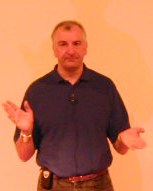
| Douglas Adams | |
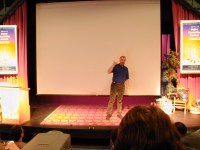
| The whole stage | |
| Carolyn May |
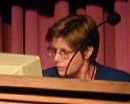
| Carolyn May showing us the demo | |
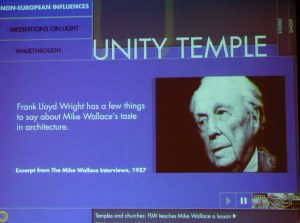
| Video clip of interview, with thumbnails in the bottom right for more | |
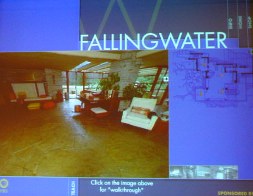
| Description of one building | |
| Melissa Joulwan |
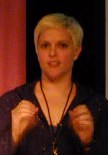
| Melissa Joulwan | |
| User Profiles: Characters based on research, one or two of which serve as the "muse" for the site. |
| Conceptual Models: The theme, based on business objectives and target audience, guides development. |
| User Scenarios: The "plot", exploring the muse's experiences using the existing/proposed web site, highlighting strengths and weaknesses. |
| When a myth or story is created, it may present itself in the form of a basic outline, oral or written story, or even a poem. Because it is primarily a design aid -- an inside story told only within our halls -- the mythology may never be known to park guests. But it is there to support the structure of the story, just as steel, wood, and concrete support its physical structure. |
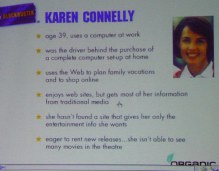
| Family member acting as their muse | |

| Melissa showing their prototype | |
| Heath Row |
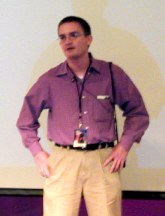
| Heath Row | |

| Heath and camera | |
| Lunch |
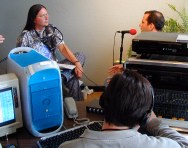
| An interview | |
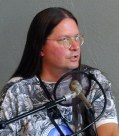
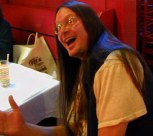
| Don working and playing | |